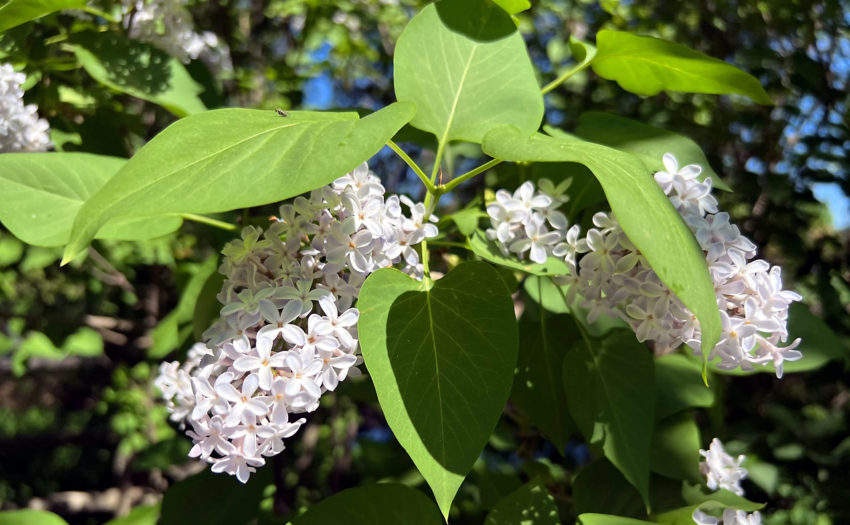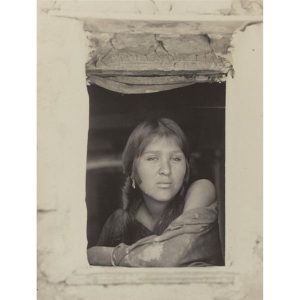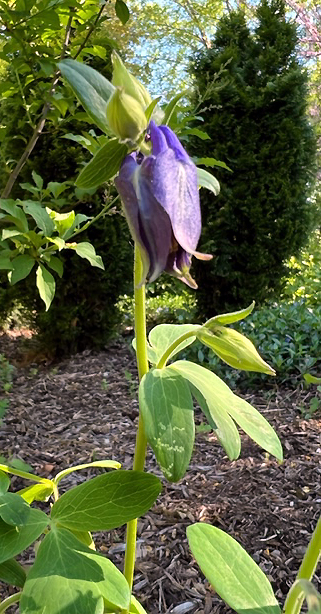
Taking Pictures and Looting
The photographer both loots and preserves, denounces and consecrates. Photography expresses the American impatience with reality, the taste for activities whose instrumentality is the machine. “Speed is at the bottom of it all,” as Hart Crane said (writing about Stieglitz in 1923), “the hundredth of a second caught so precisely that the motion is continued from the picture indefinitely: the moment made eternal.”
People wielded cameras as a way of taking possession of the places they visited. P. 65
Nature in America has always been suspect, on the defensive, cannibalized by progress. In America every specimen becomes a relic. P. 65
-excerpts On photography, Melancholy Objects by Susan Sontag

To take a photograph is to freeze time, to impress upon a negative, or upon a photosensor a re-presentation of a sliver of time. I enjoy taking photos, especially of natural life in my backyard. These photos were captured within the last few days. Given climate change, global warming as the consequence of the onset of networked supply chains, algorithmic programmed industry — are these photos relics of what is soon to die?
Are these backyard photos not unlike the photos taken by Adam Clark Vroman in 1895 and 1904? Vroman documented a way of life of Indian tribes in Arizona and New Mexico, cultures which he well knew were passing away.


